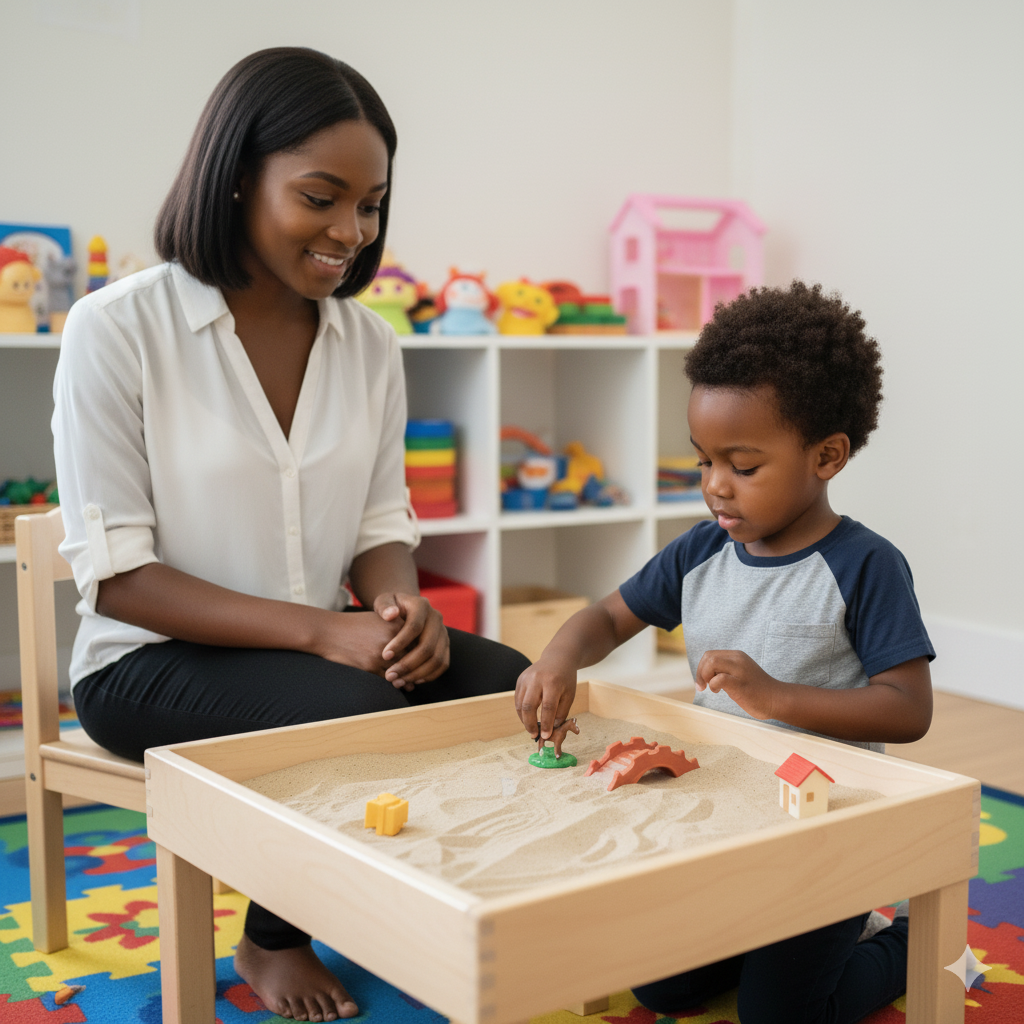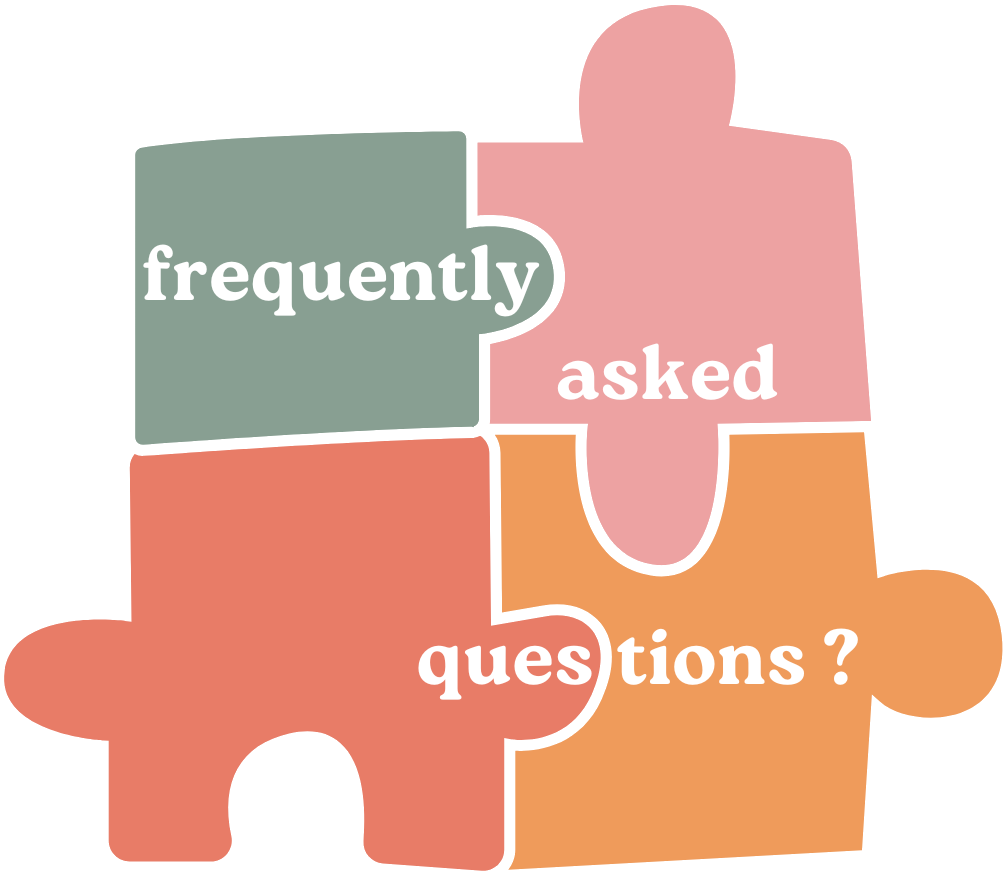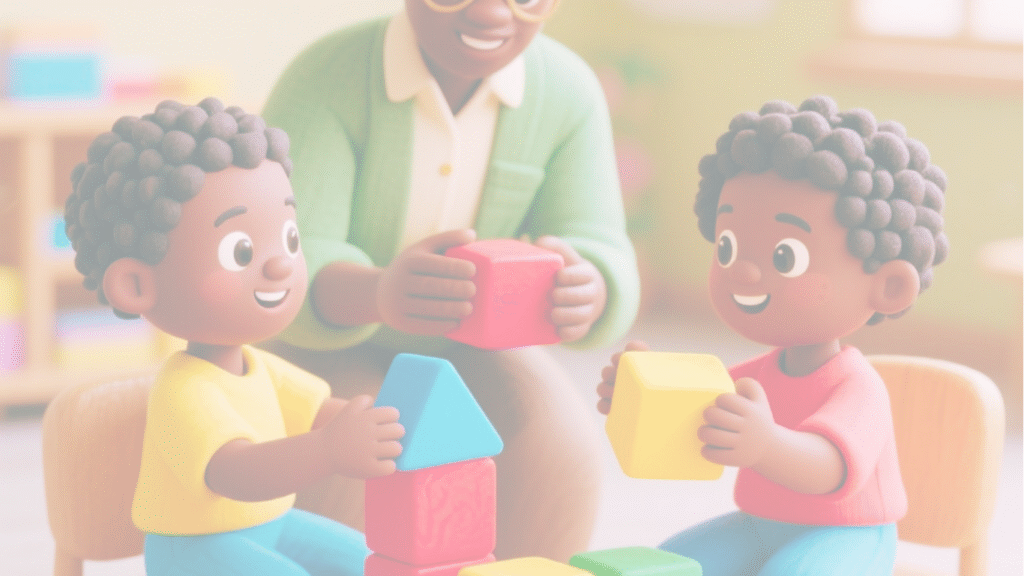Helping Children Express, Heal, and Grow Through Play
At Heartland Therapies, We provide personalized play therapy that that helps children express their feelings, understand their experiences, and develop healthy coping skills — all through the power of play.
We are a team of qualified play therapists who observe and interact with the children’ play in a way that promotes emotional growth, communication, and self-awareness.

Play Therapy for Children
Children may not always have the words to describe what they’re feeling. Through play, they can act out experiences, explore emotions, and develop ways to manage challenges.
The therapist observes and guides the play process, helping the child:
Understand emotions and behaviors
Develop problem-solving and coping skills
Build confidence and social connections
Heal from trauma, anxiety, or loss
Our Tools and Techniques
Sessions take place in a calm, welcoming playroom filled with materials that encourage expression — such as:
Art supplies (paint, clay, crayons)
Dolls, figurines, and puppets
Sand trays with miniature toys
Building blocks and games
Musical instruments or movement toys
Book a Session
The advantage of early intervention is the ability for issues to be worked on while the brain is the most receptive, which means it cuts down therapy time.
Getting started is easy!
Schedule an initial consultation.
Receive a personalized therapy plan.
Begin your journey toward better life

1. What is play therapy?
Play therapy is a form of therapy that helps children express their thoughts and feelings through play — their natural way of communicating.
A trained play therapist uses toys, art, games, stories, and creative activities to help children explore emotions, solve problems, and develop coping skills in a safe, supportive environment.
2. Who can benefit from play therapy?
Play therapy is helpful for children and adolescents facing emotional, behavioral, or social challenges such as:
Anxiety or depression
Trauma, grief, or loss
Behavioral difficulties or aggression
Family conflict or parental separation
Social or school-related stress
Developmental delays or communication challenges
It can also benefit children with autism, ADHD, or sensory processing issues, helping them develop emotional regulation and social skills.
3. How does play therapy work?
Through play, children express what they may not yet have the words to say.
A therapist observes and interacts with the child during play to understand their emotions and behavior, helping them process difficult experiences, build confidence, and learn healthy coping strategies.
4. What happens in a play therapy session?
Each session is customized for the child’s needs and age. Activities may include:
Creative play with toys or figurines
Art, drawing, or storytelling
Sand tray play
Role play or puppetry
Movement or sensory activities
Sessions are designed to be fun, engaging, and therapeutic — never pressured or forced.
5. What is the role of the play therapist?
The play therapist creates a safe and supportive environment where children can freely express themselves.
They observe the child’s play patterns, guide interactions, and use therapeutic techniques to help the child understand and manage emotions, build problem-solving skills, and improve relationships.
6. How long does play therapy take?
Every child is different. Some may benefit from a few sessions, while others need therapy over several months.
Progress depends on the child’s individual goals, challenges, and family involvement.
7. How long is each session?
Sessions typically last 30 to 60 minutes, depending on the child’s age, attention span, and needs.
8. Do parents participate in sessions?
It depends on the child’s age and therapy goals.
In some cases, parents join for part of the session or attend separate parent support sessions to learn how to reinforce progress at home.
The therapist will guide you on the best approach for your child.
9. What types of toys or materials are used in play therapy?
Play therapy rooms are equipped with toys and materials that help children express emotions and act out real-life situations safely.
Common tools include:
Dolls, action figures, and puppets
Art supplies
Sand trays and miniature figures
Building blocks and games
Musical instruments or sensory toys
10. How is play therapy different from regular play?
While both involve play, therapeutic play is guided by a trained professional who understands the meaning behind play behaviors.
The therapist uses specific techniques to help the child process emotions, build self-esteem, and develop problem-solving and communication skills.
11. Is play therapy only for young children?
No. While most common for children aged 3 to 12, play therapy can also help teens and adults through creative and expressive techniques like art, storytelling, and role play.
12. How will I know if play therapy is helping my child?
Your therapist will provide regular updates and discuss your child’s progress in communication, behavior, emotional regulation, and confidence.
You may notice improvements at home or school — such as better mood, fewer tantrums, or stronger relationships.

